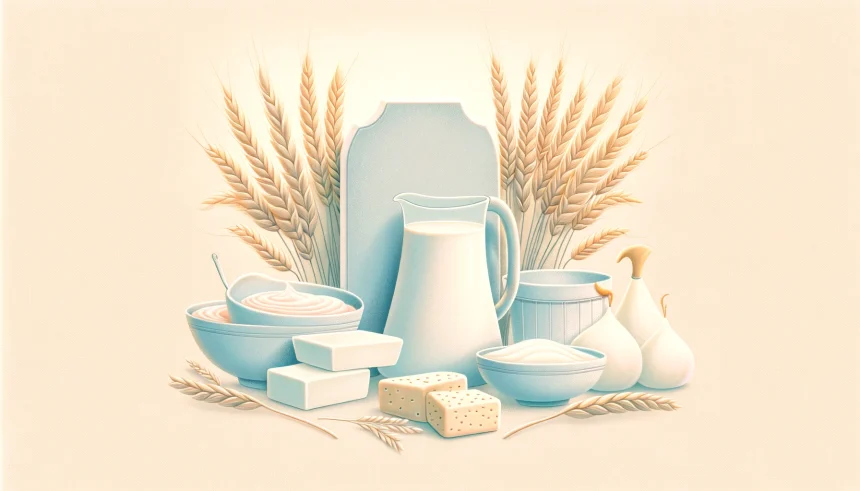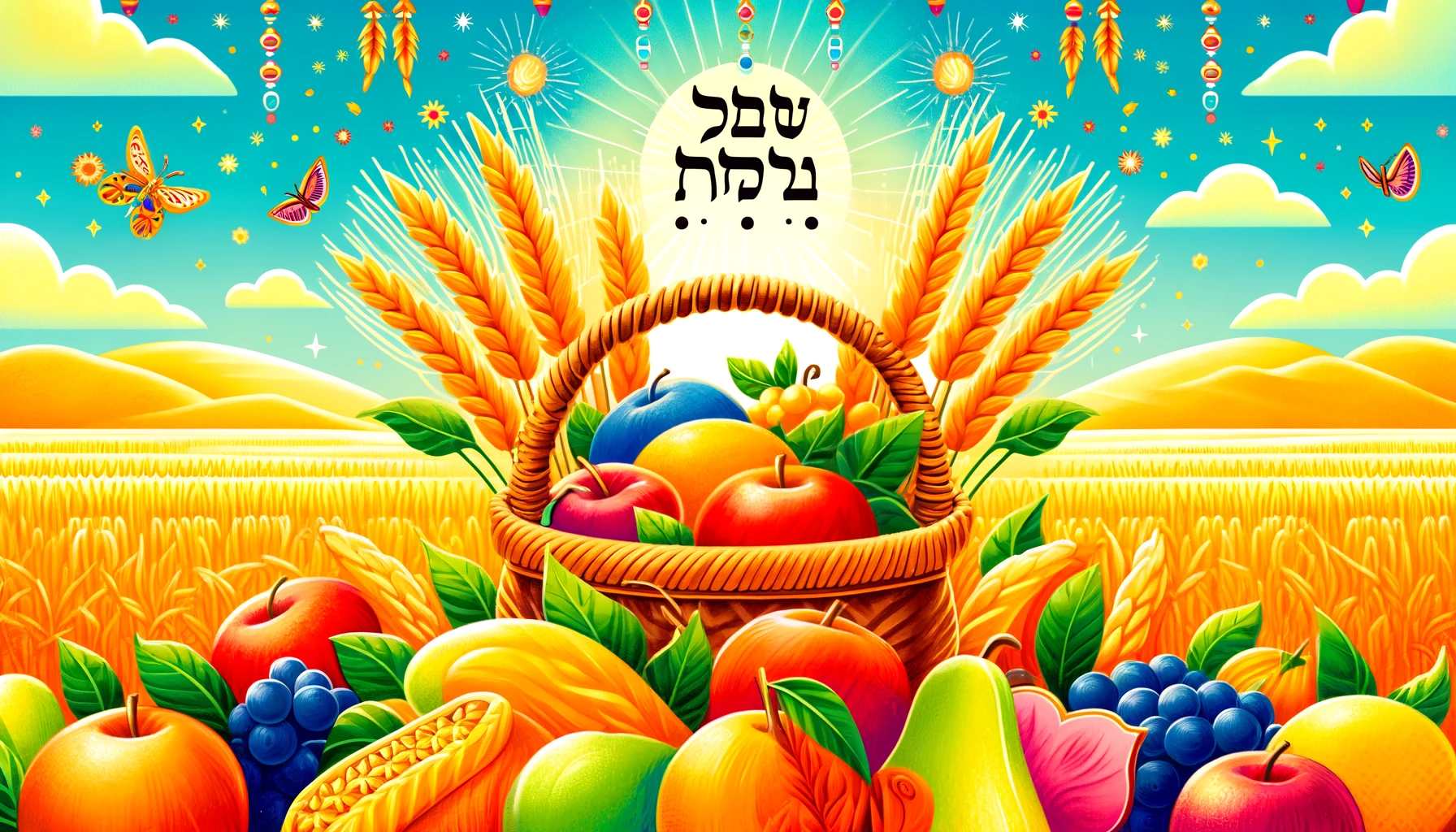Celebrating Shavuot: A Journey Through Tradition and Modernity
Shavuot, known as the Feast of Weeks, is a profound Jewish holiday that marks the culmination of a seven-week counting period following Passover. Historically, it commemorates the day the Torah was given to the Israelites at Mount Sinai, an event that shaped Jewish identity and faith practices profoundly. As I delve into the origins of this significant holiday, I am reminded of its dual nature, intertwining spiritual and agricultural elements, the latter celebrating the season of harvesting wheat in ancient Israel.
The Spiritual Heart of Shavuot
Shavuot is not just a historical commemoration but a spiritual journey that echoes through time. It’s the day we celebrate the monumental event of receiving the Torah, which includes the Ten Commandments. These ancient texts are not merely historical artifacts to me; they are a guide for ethical living, community responsibility, and personal spirituality. During Shavuot, many in the Jewish community engage in Tikkun Leil Shavuot, an all-night study session that reenacts our ancestors’ eagerness to receive the Torah. This tradition is particularly close to my heart, as it emphasizes the continuous pursuit of knowledge and wisdom.
Celebrating with Traditions and Customs
On Shavuot, it’s customary to adorn our homes and synagogues with fresh flowers and greenery, recalling the lushness of Mount Sinai during the Torah’s revelation. This practice brings a piece of that ancient landscape into our modern celebrations. Another cherished tradition is the consumption of dairy foods, which I find both delightful and symbolic. It’s said that upon receiving the Torah, the Israelites could not cook meat in accordance with its laws immediately, leading them to eat dairy instead. Each bite of cheesecake or blintz is a delicious nod to our forebears’ adaptability and respect for their newfound covenant.
Modern-Day Shavuot Celebrations
In today’s global Jewish community, Shavuot takes on various forms, reflecting the diversity within modern Judaism. Whether in Jerusalem, New York, or London, Shavuot sparks unique cultural expressions but always focuses on community and learning. I have witnessed this firsthand during my travels; in Israel, for instance, children participate in agricultural parades, proudly displaying the bikkurim (first fruits) in beautifully decorated baskets. These vibrant celebrations are a testament to the enduring connection between our agricultural roots and religious traditions.
Shavuot in the Holy Land
Shavuot in Israel is particularly stirring. The entire country seems to burst into a collective display of joy and pride. Kibbutzim, which are communal farming communities, play a central role during this festival. They host elaborate presentations of the fruits of their labor, linking the modern state of Israel back to its agrarian past. This connection underscores the physical and spiritual sustenance provided by the land, which is as vital now as it was thousands of years ago.
Reflections on Shavuot
Each year, as Shavuot approaches, I find myself reflecting on the deeper meanings of the holiday. It’s a time for renewing our commitments to the values taught by the Torah and embracing the communal spirit of our ancestors. Sharing stories from the Book of Ruth, which is read during Shavuot, I feel a deep connection to her story of conversion, acceptance, and devotion. It reminds us all of the inclusive nature of Judaism and the strength found in unity and kindness.
Conclusion: A Living Tradition
As we wrap up our Shavuot celebrations each year, I am reminded that this holiday is not just about looking back at what was given at Sinai, but also about carrying forward those teachings with integrity and joy. Shavuot is a vibrant, living tradition that continues to evolve, yet it remains deeply rooted in the profound events that shaped it. In this ongoing journey, we not only remember the origins of our faith but also celebrate the continuous cycle of life and learning that it inspires.
In writing about Shavuot, my aim has been not just to inform but to invite you to explore and partake in its rich traditions. Whether you are steeped in Jewish customs or curious about cultural celebrations, Shavuot offers a beautiful opportunity to connect with a tradition that is as ancient as it is dynamic.
Interesting Facts
- Shavuot means “weeks” in Hebrew, marking the completion of seven weeks from Passover.
- It is customary to eat dairy foods on Shavuot, symbolizing the “land flowing with milk and honey.”
- The Book of Ruth is read on Shavuot because its events take place during the harvest season.
- Some communities decorate their homes and synagogues with flowers and greenery for Shavuot.
- Tikkun Leil Shavuot, staying up all night to study Torah, is a widespread custom.
- The first fruits (Bikkurim) were offered in the Temple in Jerusalem on Shavuot.
- Shavuot is one of the three pilgrimage festivals in Judaism.
- Many people make and enjoy cheesecake during Shavuot.
- In Israel, Shavuot is also celebrated with agricultural festivals and parades.
- Shavuot is often seen as a time to reflect on and renew one’s commitment to Jewish learning and community.
#Shavuot #JewishHolidays #Torah #JewishTraditions #HarvestFestival #TikkunLeilShavuot #BookOfRuth #DairyFoods #IsraelCelebrations #JewishCulture












Exploring the traditions and modern observances of Shavuot. A wonderful read!
Shavuot traditions explained ✡️
Nicely written!
Celebrating Shavuot is beautifully covered. This article explains its traditions and modern observances well.
Shavuot is a significant celebration. This article captures the traditions and modern observances of the day well. Well written!